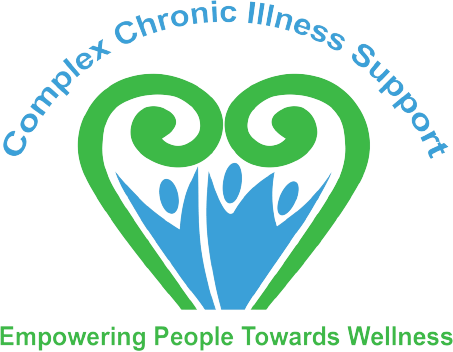
SUNLIVE Article can be found here: https://www.sunlive.co.nz/news/99641-highlighting-an-invisible-illness.html
She’s vivacious and irrepressible. You’re immediately drawn to her. Cassandra Grey’s also gorgeous – a looker with smarts – and if life hadn’t cut her such a cruel deal, she’d probably still be running her successful small business.
And she’d probably have a social life, lots of friends and a boyfriend perhaps. “But I don’t,” she says. The smile thinly disguises the hurt. Because Cassandra, like all people enduring ME or Chronic Fatigue Syndrome, has had her life stolen from her. Normality is a void. She is sick – excruciatingly and frustratingly sick – and She has been for 15 years. But Cassandra looks great, looks normal and there’s the rub. ME is the invisible illness and if people perceive you to be well, then you must be well. But you’re not. “It takes a lot of effort to look good,” she explains. “You should experience how I feel. I just say thank you for the compliment but I’m actually very unwell.”
The name Chronic Fatigue Syndrome itself paints a fairly graphic and debilitating picture. But if you pick the term ME apart syllable by syllable, you to start to get some understanding for something that’s little understood. Myalgic Encephalomyelitis means my (muscle), algic (pain), encephalo (brain), mye (spinal cord), itis (inflammation). A whole lot of nastiness that drains the life out of you.
Tuesday, May 12, is ME Awareness Day – and people who want to know more about the condition or who would like to seek help can visit: www.ccisupport.org.nz
Cassandra is now on the road back from ME. But to understand where she is now, we need to understand where she’s been. And it’s been an odyssey, long and tortuous. And there’s no quick fix. “I was 15 and at Tauranga Girls’ College,” she says. “I’d become very sensitive to light and sound. I felt everyone was shouting and I couldn’t cope, I couldn’t concentrate and I couldn’t take in what the teacher was saying.” There were severe headaches and extreme fatigue. “I could hardly walk between classes – physically I couldn’t do it.” A teenager tormented – no explanation, diagnosis, answers or understanding. And people ready to judge. “Certainly, people implied I was making it up,” she says. “Teachers, classmates, friends – they all looked at me suspiciously because I looked okay.” They put it down to Cassandra being a girl, a teenager, being hormonal – because it wasn’t something obvious, something they could see, like a broken arm. “You just shrug it off and get on with it. But you don’t choose to feel unwell, to feel crap all the time.”
Cassandra’s life was disintegrating – her plug had been pulled and her battery was dead. “I’d take a shower and then have to go back to bed to rest,” says Cassandra. “Curtains closed, no lights, no radio, no stimuli.”
To this day the only thing that showed up was glandular fever – the flu-like virus common in late adolescence and early adulthood – and in many cases a precursor to ME. Then one day in September 2012, after 12 full years of crippling tiredness, doubting doctors and being in survival mode, an Auckland ME specialists told her she was a classic case. Cassandra finally had an answer. “I was just happy to know what I was dealing with. I can get on managing it.” And Cassandra took great satisfaction, great comfort from knowing “I had not been making it up”. That’s when Cassandra opened a small business. “I was in denial, I was thinking I could cope and push through, be normal.” Instead she crashed, relapsed. So did the business. It was more of the same – exhaustion, feeling faint, dizziness, cancelled outings and one year of being housebound. Purgatory. “I couldn’t even stand in the shower – I could go on and on!”
There’s been a misconception that ME is a life-long condition. It’s now considered treatable – but not with a magic pill. They talk of a holistic individual healing journey whereby sufferers deal with their affliction on multiple levels – psychology, nutrition, relationships and environment. There’s considerable research underway to find the cause of ME. Complex Chronic Illness Support’s field officers help members to understand the illness, its constraints and challenges. Because of that help Cassandra calculates she’s 60 per cent down the road. That makes her beam. She’s an advertisement for understanding and awareness of ME. But there’s work to be done. There are 350 people living with ME in the Bay of Plenty. A field officer, who’s been working in this area for 10 years, believes the true number to be double that. But it’s likely we’ll never know many of them because they live quietly, out-of-sight, in survival mode, working and spending their personal lives in recovery. ME is cruel.
Next Tuesday is also the birthday of Florence Nightingale. History has it that she too suffered from ME. Yes, the famous “lady with the lamp” shares something with our own Cassandra.

